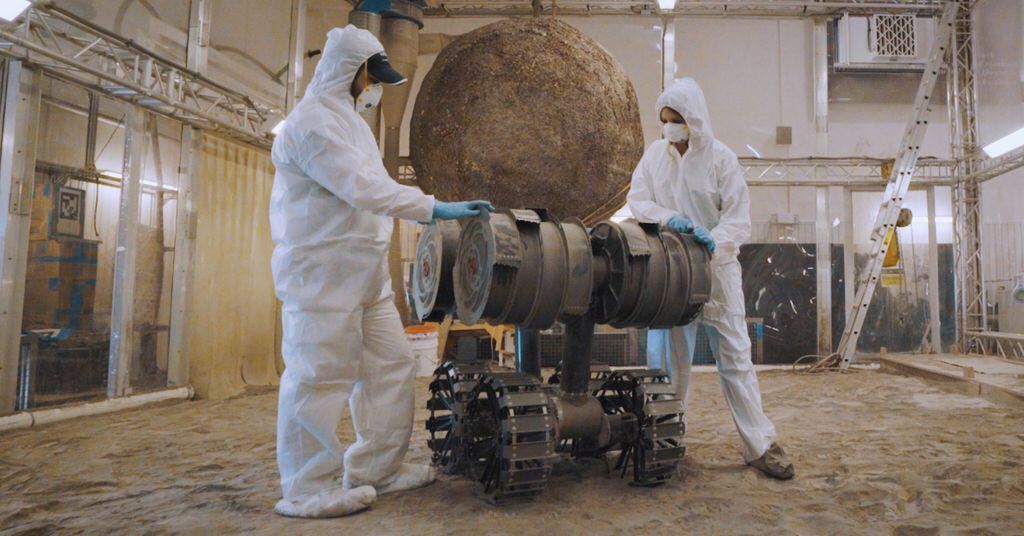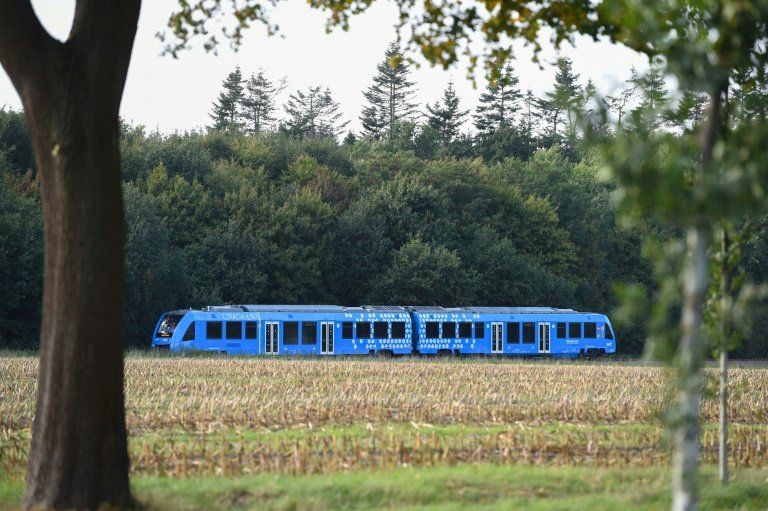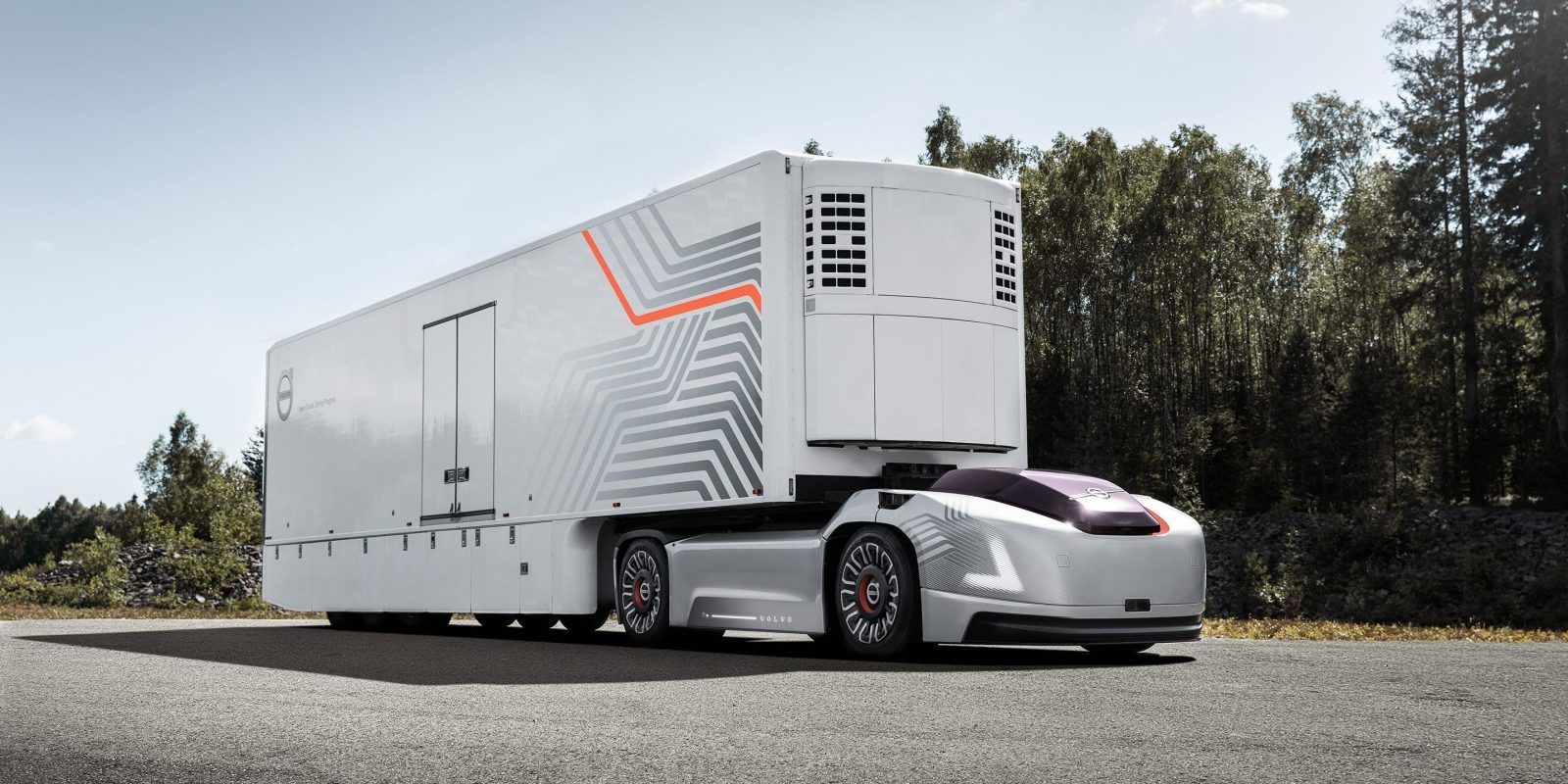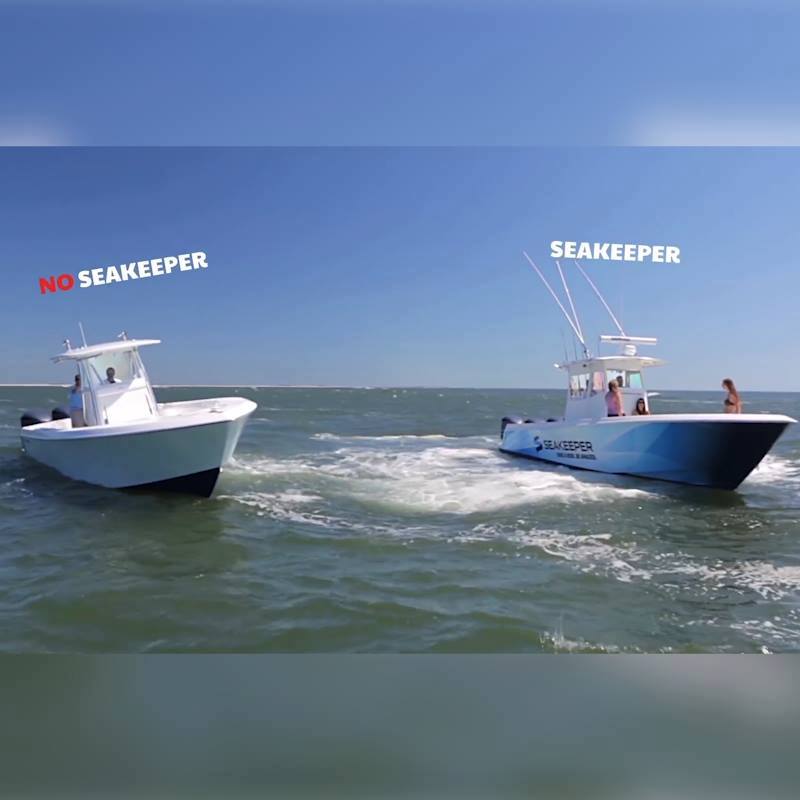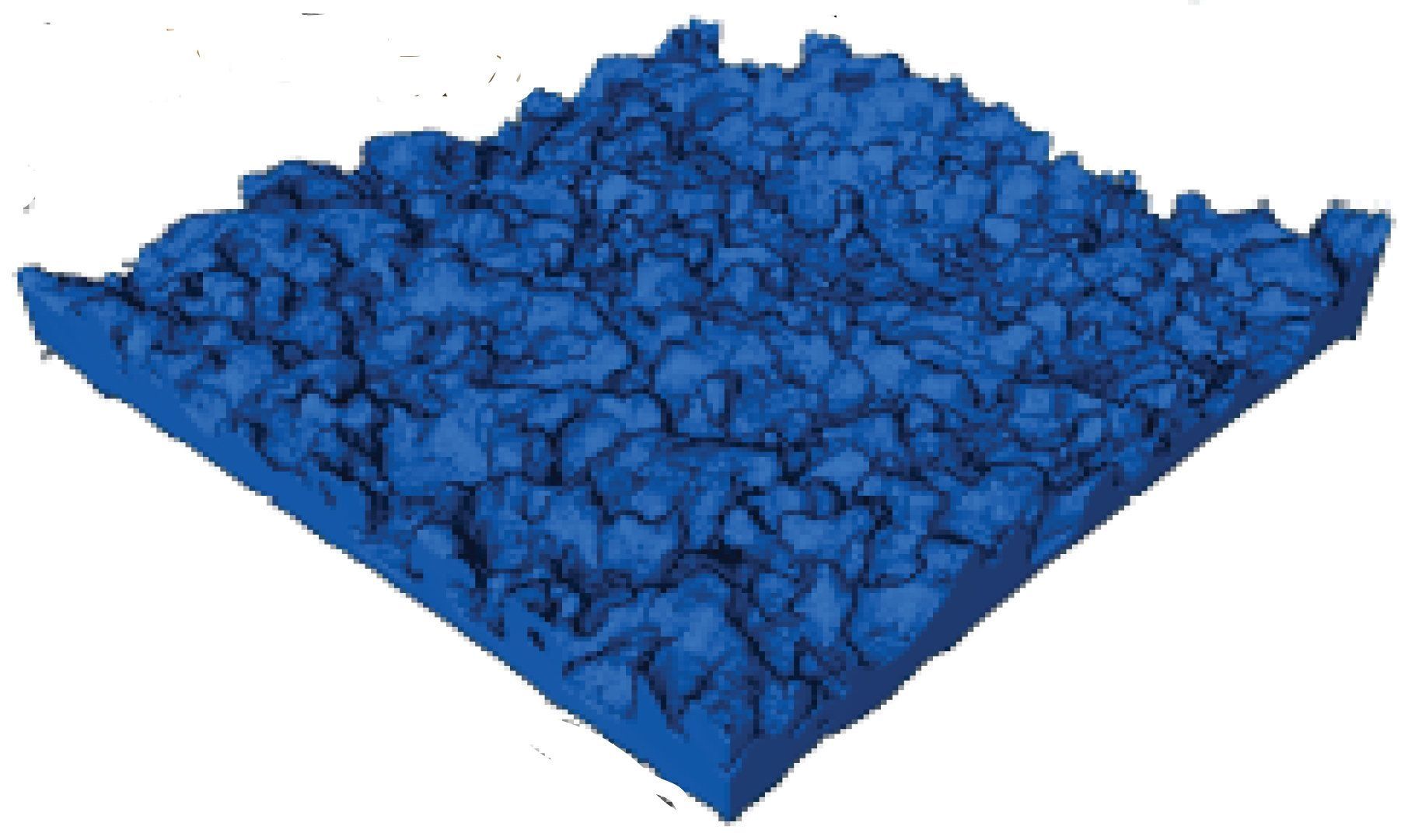Page 9521
Sep 18, 2018
NAD+ Mouse Launches on Lifespan.io Today
Posted by Steve Hill in categories: biotech/medical, life extension

Today, we are delighted to announce that we have launched a new crowdfunding campaign on Lifespan.io: the NAD+ Mouse Project by Dr. David Sinclair and his team at Harvard Medical School.
NAD+ is a vitally important molecule that is found in every cell in your body and is involved in DNA repair, tissue growth, nutrient sensing and metabolism, cell-to-cell signaling, and many other cellular processes. Quite simply, without NAD+, cells would not work and life would be impossible. If you would like to learn more about NAD+ and its role in aging, check out our articles here, here, and here.
Sep 18, 2018
How NASA plans to use lunar dust to build structures on the Moon
Posted by Klaus Baldauf in categories: Elon Musk, space travel
With everyone from NASA to Elon Musk and Jeff Bezos looking to send people to the Moon and beyond, engineers at NASA’s Swamp Works are hard at work figuring out how to help future.
Sep 18, 2018
Elon Musk And SpaceX Is Announcing The First Lunar Mission Tourist RIGHT NOW
Posted by Nicholi Avery in categories: Elon Musk, space travel

Elon Musk, the founder of the rocket company SpaceX, is about to reveal who the company’s first lunar space tourist will be.
“SpaceX has signed the world’s first private passenger to fly around the Moon aboard our BFR launch vehicle – an important step toward enabling access for everyday people who dream of travelling to space,” SpaceX said on its website.
Continue reading “Elon Musk And SpaceX Is Announcing The First Lunar Mission Tourist RIGHT NOW” »
Sep 18, 2018
Germany rolls out world’s first hydrogen train
Posted by Bill Kemp in category: transportation
Germany on Monday rolled out the world’s first hydrogen-powered train, signalling the start of a push to challenge the might of polluting diesel trains with costlier but more eco-friendly technology.
Two bright blue Coradia iLint trains, built by French TGV-maker Alstom, began running a 100-kilometre (62-mile) route between the towns and cities of Cuxhaven, Bremerhaven, Bremervoerde and Buxtehude in northern Germany—a stretch normally plied by diesel trains.
“The world’s first hydrogen train is entering into commercial service and is ready for serial production,” Alstom CEO Henri Poupart-Lafarge said at an unveiling ceremony in Bremervoerde, the station where the trains will be refuelled with hydrogen.
Sep 18, 2018
Volvo unveils all-electric and autonomous truck without a cab
Posted by Shailesh Prasad in categories: robotics/AI, sustainability, transportation
If your truck is completely autonomous, why would you need a cab? Volvo Trucks believes that you don’t and that’s why they built a new all-electric and autonomous truck without a cab called Vera.
Claes Nilsson, President of Volvo Trucks, the idea behind Vera:
“The full potential of the transport industry is yet to be seen. Everything suggests that the global need for transportation will continue to significantly increase in the coming decade. If we are to meet this demand in a sustainable and efficient way, we must find new solutions. In order to secure a smoothly functioning goods flow system we also need to exploit existing infrastructure better than currently. The transport system we are developing can be an important complement to today’s solutions and can help meet many of the challenges faced by society, transport companies and transport buyers,”
Continue reading “Volvo unveils all-electric and autonomous truck without a cab” »
Sep 18, 2018
Seakeeper: This ball just eradicated sea sickness!
Posted by Shailesh Prasad in category: futurism
Sep 18, 2018
Open-air helicopter is the ultimate joyride
Posted by Shailesh Prasad in category: transportation
Sep 18, 2018
3D electron microscopy uncovers the complex guts of desalination membranes
Posted by Bill Kemp in categories: engineering, sustainability
Careful sample preparation, electron tomography and quantitative analysis of 3D models provides unique insights into the inner structure of reverse osmosis membranes widely used for salt water desalination wastewater recycling and home use, according to a team of chemical engineers.
These reverse osmosis membranes are layers of material with an active aromatic polyamide layer that allows water molecules through, but screens out 99 to 99.9 percent of the salt.
“As water stresses continue to grow, better membrane filtration materials are needed to enhance water recovery, prevent fouling, and extend filtration module lifetimes while maintaining reasonable costs to ensure accessibility throughout the world,” said Enrique Gomez, professor of chemical engineering, Penn State. “Knowing what the material looks like on the inside, and understanding how this microstructure affects water transport properties, is crucial to designing next-generation membranes with longer operational lifetimes that can function under a diverse set of conditions.”
Continue reading “3D electron microscopy uncovers the complex guts of desalination membranes” »


